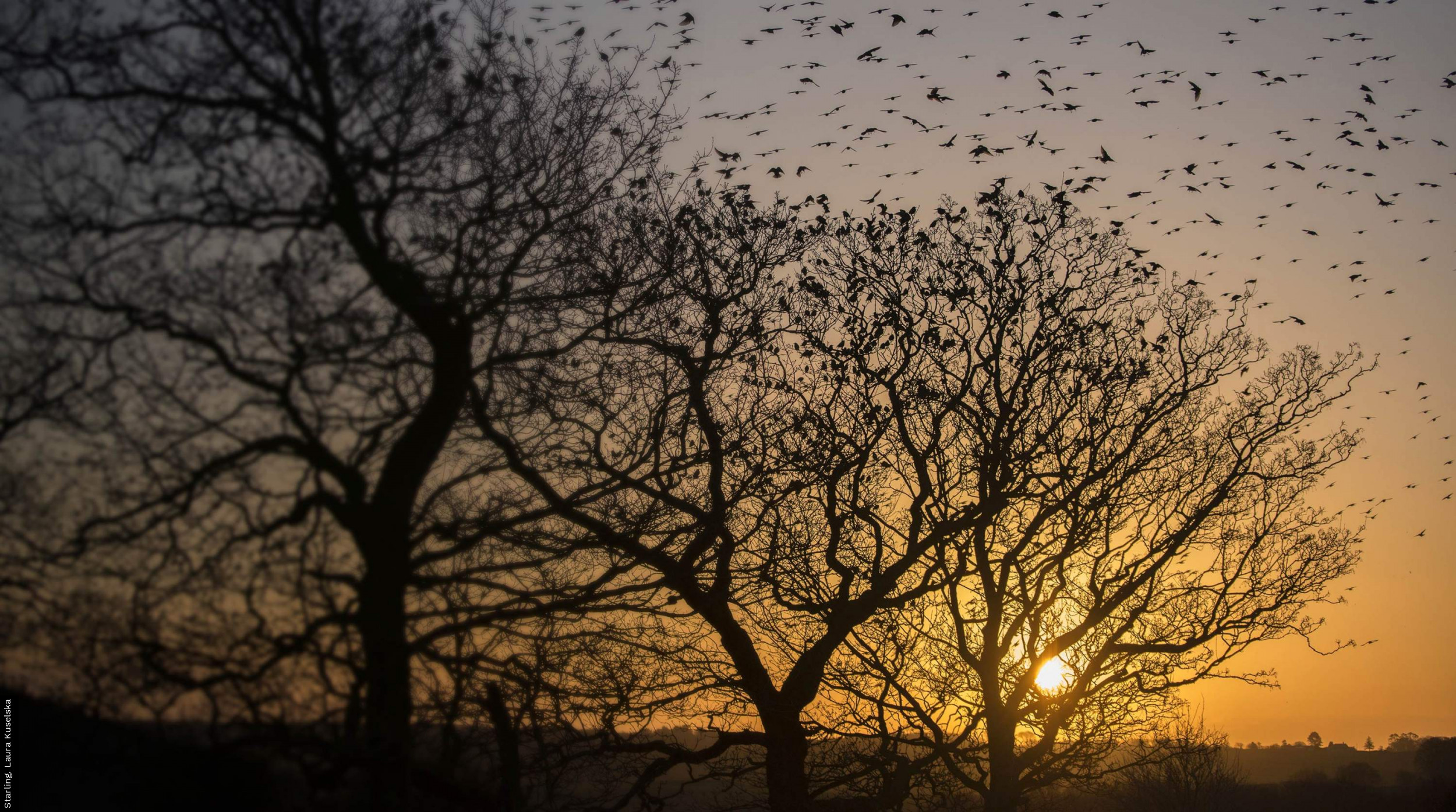Spatially targeted nature-based solutions can mitigate climate change and nature loss but require a systems approach

Author(s): Finch, T., Bradbury, R.B., Bradfer-Lawrence, T., Buchanan, G.M., Copping, J.P., Massimino, D., Smith, P., Peach, W.J. & Field, R.H.
Published: October 2023
Journal: One Earth Volume: 6
Digital Identifier No. (DOI): 10.1016/j.oneear.2023.09.005
Abstract
Finite land is under pressure to provide food, timber, human infrastructure, climate change mitigation, and wildlife habitat. Given the inherent trade-offs associated with land-use choices, there is a need to assess how alternative land-use trajectories will impact the delivery of these benefits. Here, we develop nine exploratory, climate change mitigation-driven land-use scenarios for the UK. The scenario that maximized deployment of nature-based solutions reduced greenhouse gas (CO2e) emissions from the land sector by 100% by 2050 but resulted in a 21% decline in food production. All mitigation scenarios delivered aggregate increases in habitat availability for 109 bird species (including 61 species of conservation concern), although farmland-associated species lost habitat. Our study reiterates the potential of nature-based solutions to address global climate and biodiversity challenges but also highlights risks to farmland wildlife and the importance of food system reform to mitigate potential reductions in primary food production.
Notes
This study was funded by the Royal Society for the Protection of Birds (RSPB) and Natural England (project code ECM 58632). The Breeding Bird Survey is a Partnership between the BTO, RSPB, and Joint Nature Conservation Committee (on behalf of Natural Resources Wales, Natural England, Council for Nature Conservation and Countryside, and NatureScot) and relies on volunteer surveyors.







Share this page